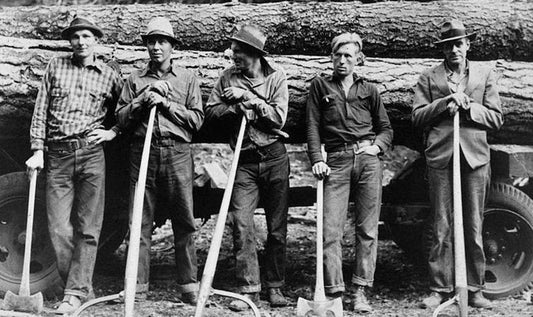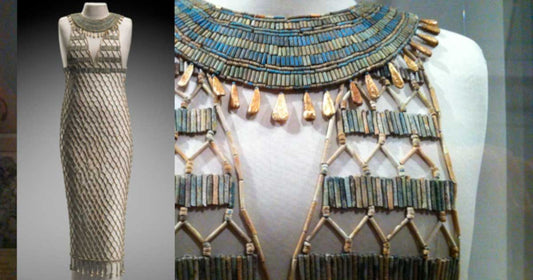Introduction
The iconic t-shirt, a wardrobe staple for people of all ages and styles, has a rich history that spans over a century. In this article, we will delve into the fascinating journey of the t-shirt, tracing its origins, evolution, and enduring popularity. From its modest beginnings as an undergarment to its status as a fashion statement, the history of the t-shirt is a testament to its timeless appeal.
The Birth of the T-Shirt
The history of the t-shirt can be traced back to the late 19th century. It originated as an undergarment for men, primarily worn beneath their uniforms or as an extra layer for added warmth. The name "t-shirt" is derived from its shape, resembling the letter "T" when laid flat.
The First T-Shirt: A Brief Look
While the t-shirt's precise origin is a subject of debate, it is widely believed to have been introduced during the Spanish-American War (1898). The U.S. Navy issued t-shirts to sailors as part of their standard uniform. These early t-shirts were plain, white, and short-sleeved, designed for comfort and ease of movement in warm climates.
From Undergarment to Iconic Fashion
For several decades, the t-shirt remained concealed beneath other clothing layers. However, it gradually gained visibility in the early 20th century. One significant turning point was the adoption of t-shirts by the U.S. military during World War I. Soldiers found them comfortable and easy to maintain, leading to increased popularity.
In the 1950s, the t-shirt underwent a significant transformation, transitioning from an undergarment to a symbol of rebellion and youth culture. Hollywood legends like Marlon Brando in "A Streetcar Named Desire" and James Dean in "Rebel Without a Cause" popularized the t-shirt as outerwear, cementing its place in mainstream fashion.
The T-Shirt as a Canvas: Graphic Tees and Personal Expression
The 1960s and 1970s saw the emergence of graphic tees, transforming the t-shirt into a medium for personal expression. Band logos, political statements, and pop culture icons found their way onto t-shirts, making them a powerful form of self-expression and activism.
The T-Shirt Today: A Fashion Staple
Today, the t-shirt is a versatile and essential piece of clothing in virtually every wardrobe. It comes in various styles, from classic crew-necks to V-necks and beyond. The t-shirt is no longer limited to plain white; it boasts an array of colors, patterns, and designs, making it a canvas for artistic and fashion-forward expression.
Conclusion
The history of the t-shirt is a testament to its enduring appeal and evolution from a humble undergarment to a fashion icon. From its introduction during the Spanish-American War to its rise as a symbol of rebellion in the 1950s and its transformation into a canvas for personal expression, the t-shirt has left an indelible mark on the world of fashion. Today, it remains a beloved wardrobe staple, a reflection of individual style, and a timeless classic that continues to shape fashion trends worldwide. As you explore the world of t-shirts, remember the rich history behind this simple yet iconic garment.









